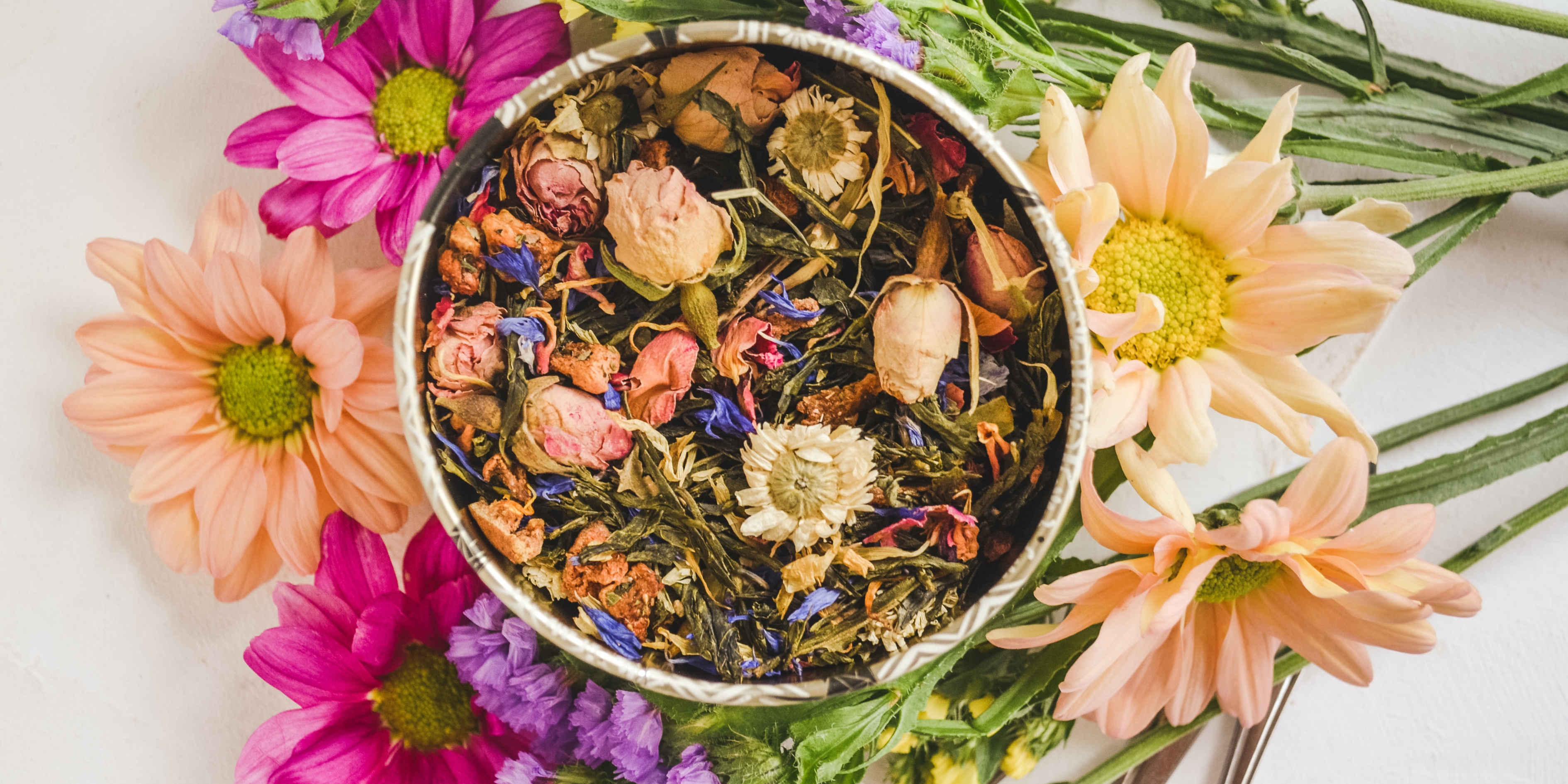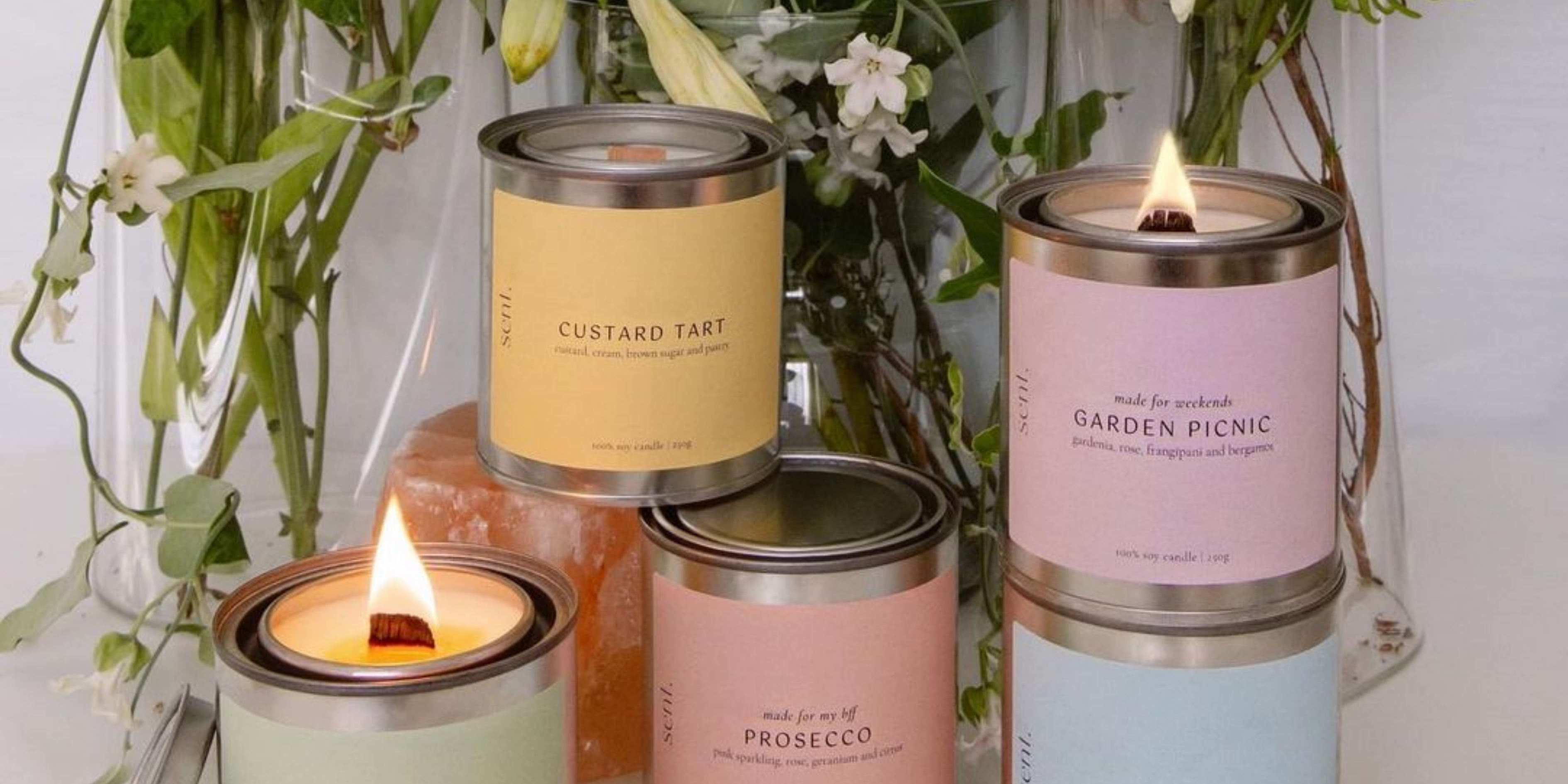You’ve probably seen them all over Instagram, Pinterest, and magazines — beautiful dried flower arrangements that are inarguably statement pieces for the home. Here at Floraly, we have a gorgeous range of dried flowers you can check out, too!
If you’ve ever been curious about how to dry flowers and are keen to try it out for yourself, we’re here to help!
How to Dry and Preserve Flowers
So, you’ve been enjoying the sweet scent and gorgeous look of your fresh bouquet, but they’re now nearing the end of their life.
Instead of placing your blooms in the good ol' green waste bin, why not learn how to dry flowers and hold onto them as a keepsake?
Below, we’ll take you through how to dry and preserve flowers so that you can keep your lovely blooms on display for longer!
Methods for Drying Flowers
There are five key ways to dry flowers that you can easily do at home, each of which removes the moisture slowly and evenly while preserving the colour and condition of the flowers. Below, we'll cover:
- Air drying flowers
- How to dry flowers in the microwave
- Drying flowers with silica gel
- How to bake flowers to preserve them
- How to press flowers.
We’ll talk you through each flower-drying method, so you can try them out yourself and experiment with this fun craft idea.
Method 1: Air Drying Flowers

Air drying flowers is easy and effective. It’s actually the oldest-documented flower-drying method.
Essentially, you’ll need to bind a bunch of flowers together into a small bouquet and hang them upside down to, you guessed it, dry!
This method is perfect for making dried posies to use as centrepieces at your dinner table, decorative accents around the house, or sweet little gifts for friends and family.
Straightforward and fuss-free, you'll just need scissors, string or a rubber band, and a dark, dry place to hang them.
Let’s unpack how to dry flowers using the air drying method.
Firstly, pick out the flowers that you want to dry. Be sure to choose sturdy ones that will keep their petals, such as lavender, baby's breath and hydrangea. Use as many flowers as possible because some might not dry as nicely as you’d like during the process.
Strip them cleanly by removing all leaves, and snip them to your desired length if needed. It’s ideal to separate your flowers by type — bundle flowers from the same species together and try not to exceed five stems per bundle.
Once that’s done, use a rubber band or twine to hold each bundle of flowers together firmly. Now they’re ready to be hung!
Choose a dry corner away from direct sunlight to preserve their colour as much as possible. You can always use hooks, twine, ribbon and more to hang each bundle from a horizontal pole or shelf, and space each bundle out evenly so they’re not too close to each other.
This method usually takes two to four weeks for the flowers to dry out completely.
Method 2: How to Dry Flowers in the Microwave

Drying flowers in the microwave is a much quicker method than the lengthy air-drying process. It should only take you a day or two, and all you'll need are scissors, a microwave-safe container, a desiccant (silica gel), a cup of water and, of course, a microwave.
This method is best suited for flower heads or smaller plants, so it’s ideal to snip as much of the stem off as possible. Be sure to remove any leaves from the stem, as well.
Now for a step-by-step on how to dry flowers in the microwave.
First, fill the container with a layer of moisture-absorbing silica gel, then place the flower heads within, spaced out evenly.
Next, cover the flowers and fill the remaining container with silica before placing it into the microwave.
Place a cup of water in the microwave next to the container — this will help prevent the flowers from drying out too much too quickly.
Finally, once everything’s prepped and ready in the microwave, heat it in 30-second increments so you can continuously check on the condition of the flowers.
Once they feel dry enough, remove the container from the microwave, but don’t remove the flowers just yet. Let them sit in the silica for another day before you remove them from the container and clean them.
And speaking of silica gel...
Method 3: Drying Flowers with Silica Gel

Similar to the microwave method but without any heating involved, this method involves letting your flowers sit submerged in silica gel for weeks in an airtight container until all moisture is removed.
This definitely isn’t the fastest flower-drying method around, but it does preserve the colours of the flowers more effectively! So, if you’re keen to retain as much of the flower’s original colour as possible, we'd highly recommend this method.
The best part about drying flowers with silica gel is that it requires just two things — silica gel and a container!
Plus, if you’re looking to dry flowers from a huge bouquet, this method allows you to dry out large quantities in one go, as long as you can find a large container to fit them all.
It’s fuss-free, convenient, and a relatively hands-off approach to flower drying.
Now, as for how to dry flowers with silica gel, simply place the flowers in a container full of silica gel or silica crystals. These silica crystals are a great option. Make sure the flowers are covered completely.
Let the flowers sit for a week or so before checking on their progress, and if the petals are sufficiently dry, they’re ready to be removed and cleaned.
Method 4: How to Bake Flowers to Preserve Them

In addition to baking all kinds of delicious pies, tarts, and dishes, you can also use your oven to dry flowers.
It’s not the best method to use if you want to preserve the colours of your flowers, but it's perfect for making potpourri.
As mentioned in all the other methods, you’ll first need to strip the stems of any leaves. You may also wish to trim the stems off entirely and only use this method to dry the flower heads.
Here’s how to dry flowers in the oven!
- Prep an oven tray lined with baking paper or wax paper.
- Place your flowers on top, nicely spaced apart, so they're not overlapping.
- Turn your oven onto its lowest heat setting — between 60 to 100 degrees Celsius.
- Pop the flowers into the oven for about two hours.
- Leave the door slightly ajar to let out any moisture and, much like when you bake cookies, let them cool off before touching them.
Smaller flowers will take a shorter time to dry out than larger ones, so be sure to remove them from the oven if they're in danger of becoming burnt.
Method 5: How to Press Flowers

If you’ve learnt a flower-drying method before, you likely learnt how to press flowers.
This is a method your mum or grandmother may have told you about.
The method involves pressing flowers with heavy objects to squeeze the moisture out of them, which leaves them flat and ideal for use in craft and stationery projects.
Flat flowers such as daisies, pansies, and lavender sprigs are best suited for this method.
If you have a thick, heavy book at home, line the pages with non-stick paper and place your flowers in between them.
Alternatively, sandwich the flowers between two pieces of parchment or wax paper on a flat surface and place a heavy, flat object or book on top of them.
Make sure you leave them in a dry location and check on them after a week to replace the paper used with new sheets. Be gentle while handling them, as they will be in a delicate state.
Repeat the process until the flowers are completely dried. This can take a few weeks, so it’s only recommended if you have time to spare.

A Final Word on Drying Flowers
Now that you know how to dry flowers yourself, you can start trying out these methods for yourself.
Be sure to check out our handy guides on how to care for dried flowers, so you can make them last as long as possible, and ways to decorate your home with dried flowers.
You'll be able to use your freshly dried blooms for all kinds of creative projects, from card-making and jewellery-making to gifting and home decorating.
Drying flowers not for you? You could always buy beautiful dried flowers from us, instead!
shop dried flowers


